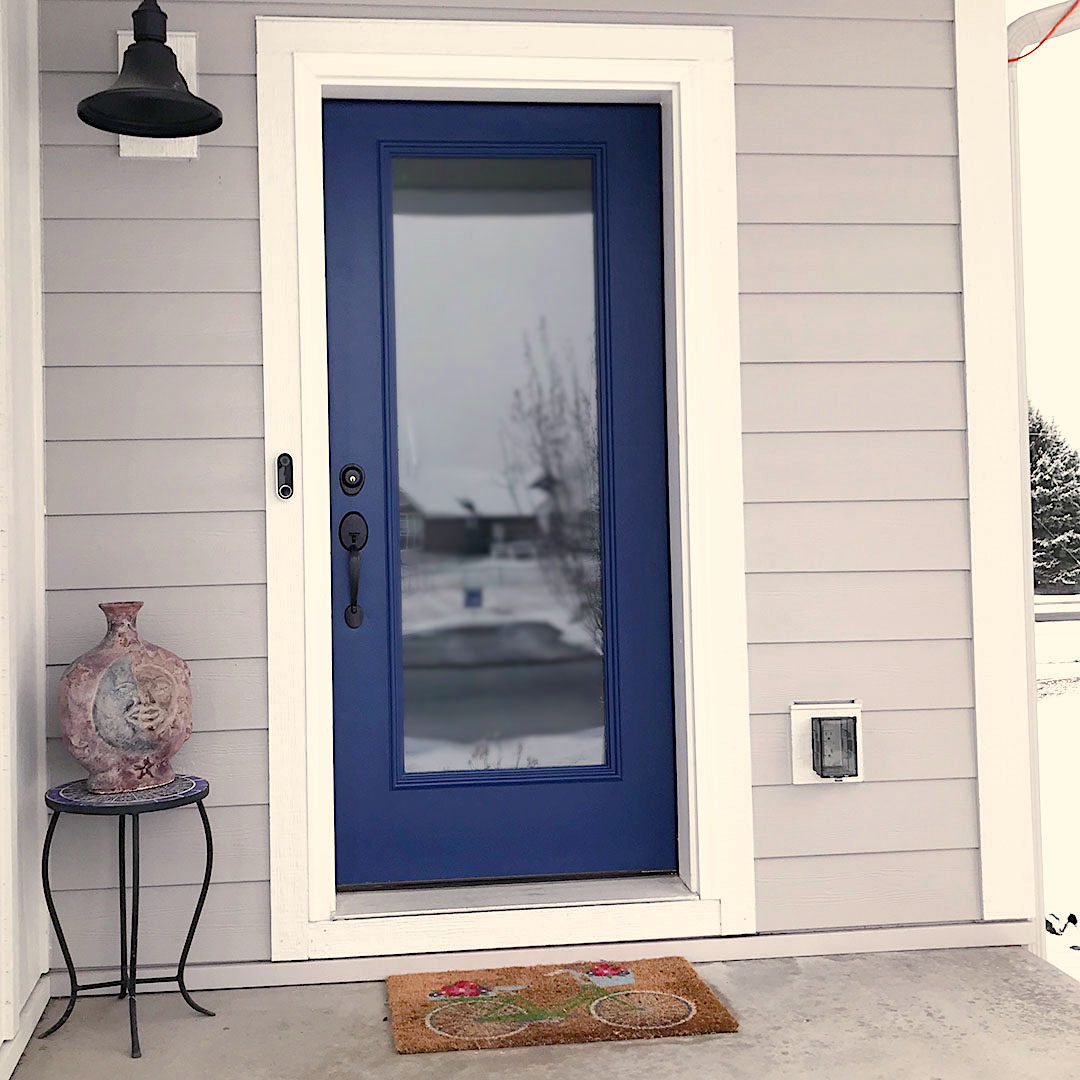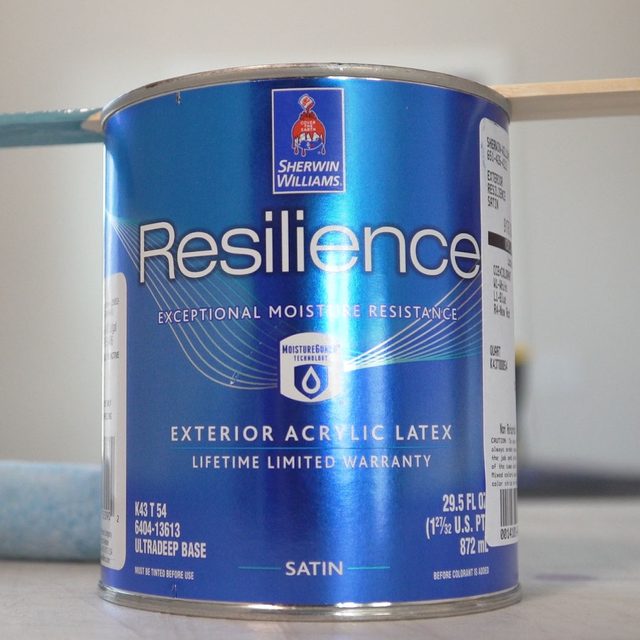How to Paint Your Front Door
A few hours
Beginner
$20-50
Introduction
Changing the color of the front door could be just what your house needs to add curb appeal or catch a potential buyer's eye. It’s easier than you think. Here's what you need to know.Tools Required
- Flat-head screwdriver
- Hammer
- Paint brush
- Paint roller
- Paint tray
- Phillips-head screwdriver
Materials Required
- 120-grit sandpaper
- Acrylic latex exterior paint
- Acrylic latex exterior primer
- Painter's tape
Project step-by-step (8)
Step 1
Start with Paint Samples
- Choosing a front door color can be fun but also challenging. Tape a few paint samples to the front door, take several steps back and see what color catches your eye.
- Set aside a few hours on a nice warm day to tackle this project. Between 65 and 70 degrees F is an optimal temperature for the paint to dry. You can also bring the door inside on a cold day and paint it. Have a plan for covering the door opening while you paint the door.
Step 2
Choose a Paint
- Semi-gloss acrylic latex exterior paint is ideal for front doors. Many homeowners like it for its durability, color compatibility and easy clean-up. It’s great for steel, wood and fiberglass doors.
- Semi-gloss latex enamel exterior paint and primer in one eliminates the need for a primer coat before the finish coat. Good for any type of door.
- High-gloss oil-based exterior paint is durable and resistant to chipping and cracking. It’s great for steel or wood doors but not fiberglass. Fiberglass doors need acrylic, polyurethane or epoxy paints that won’t weaken the integrity of fiberglass.
Step 3
Remove the Door
- Before removing the door, lay down a drop cloth to protect your floors. Set up a work surface, like a folding table or sawhorses.
- Pry a flathead screwdriver between the top of the hinge pins and the hinge. Tap the bottom of the screwdriver handle with a hammer pushing the hinge pins loose.
- Carefully remove the door from the door jamb and set it on a work surface.
- Remove all the hardware: doorknob, deadbolt, hinges and nameplates. However, it is possible to paint a door without removing it from its hinges if you really want to.
Step 4
Do Pre-Paint Prep
- Scrape any loose or chipping paint using a paint scraper or putty knife.
- Fill any dings or scratches with an all-purpose plastic wood filler.
- Sand the entire door with 120-grit sandpaper, smoothing over any imperfections and flaws.
- Vacuum or blow off all the dust and debris that may have collected. Wipe the entire door with a clean damp cloth.
Step 5
Tape Off Edges
- Use painter’s tape to mask off any glass or edges of the door you don’t want paint on.
Step 6
Apply the Primer Coat
- Be sure the type of primer is compatible with the paint you’re using.
- Use a paintbrush to apply a coat of primer to all the bevels, edges and inside corners that your door may have. Then use a low nap roller to prime the panels, stiles and rails of the door.
- Allow the primer to dry completely, then flip the door over and prime the other side.
Step 7
Apply the Topcoat
- Similar to the previous step, use a paintbrush to paint all the bevels, edges and inside corners. Then paint the panels, stiles and rails using a low nap roller. Allow the paint to dry completely, then flip the door over and paint the other side. Sometimes a second coat is needed.
Step 8
Reinstall the Door
- After the paint has dried completely, reinstall all the hardware on the door.
- Reinstall the door by aligning the hinges together and reinserting the hinge pins. This can be tricky – be careful not to pinch your fingers.
Originally Published: March 18, 2021







